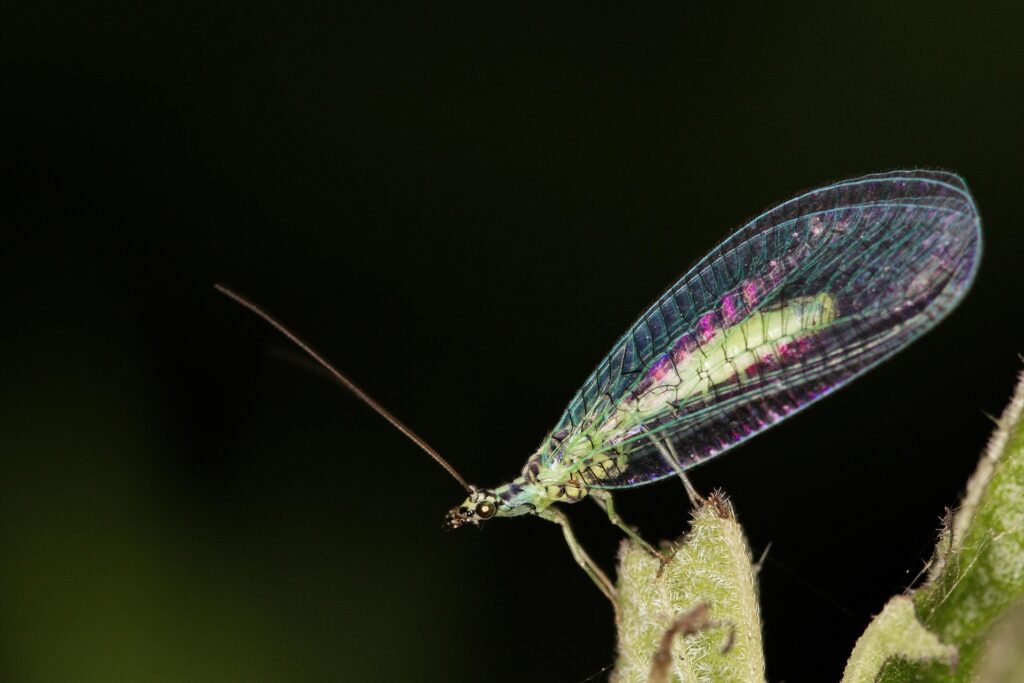As a new homeowner, you want to make sure your space is comfortable and protected. One of the first challenges you may face is keeping pests like ants out of your home. Proper ant prevention is key to preventing ants from getting into your home, which can quickly become a major concern. Left unchecked, these invaders can lead to loads of anxiety, in some cases exposure to pathogens, and even significant damage to your home. With a few simple home pest control methods, you can help to protect your property and keep these persistent invaders at bay.
Understanding How Ants Get Inside Your Home
Ants are small, resourceful creatures that can quickly infest your home through the tiniest gaps. As a homeowner, it’s crucial to identify the most common entry points for ant prevention and take action to seal them. Here are some areas to focus on:
- Doors and Windows: Ants’ entry points are usually cracks around doors and windows. Inspect the weather stripping and seal any gaps with caulk. Make sure screens are intact, and don’t leave doors or windows open without screens.
- Utility Lines: Gaps around pipes, wires, and cables that enter your home are prime access for ants. Seal these areas with expanding foam or caulk to block their access.
- Foundation Cracks: Even small cracks in your home’s foundation can be an easy path for ants. Inspect your foundation and use appropriate sealant to close any openings.
3 Strategies on How to Prevent Ants at Home
Ants might be resolute trespassers who break into your home in search of food, drink, and protection. Fortunately, you can keep from having these pests interfere with you by taking these preventative measures:
1. Food Storage and Cleanliness
Food is one of the things that attracts ants to your home. Ants are constantly searching for food and will invade your kitchen if they find easy access to it. Proper food storage and regular cleaning are essential to keeping them out.
- Store Food in Airtight Containers: Don’t leave food in open packages, especially items like sugar, cereal, and snacks. Use airtight containers to keep food sealed and out of reach for ants.
- Clean Up Spills and Crumbs Immediately: Ants are drawn to even the smallest bits of food. Wipe down counters, sweep floors, and clean up any spills right away.
- Take Out the Trash Regularly: Trash can attract ants, especially if food waste is present. Make sure to use a trash can with a tight-fitting lid and empty it regularly to prevent attracting pests.
2. Moisture Control
Ants are not only searching for food but also for water. Ants also tend to stay in your home’s plumbing system, where excess moisture can be found. Moisture can create the perfect environment for ants to thrive. If you’re wondering how to prevent ants at home, it’s important to address any moisture issues quickly.
- Fix Leaky Pipes and Faucets: Leaky pipes or faucets provide a water source for ants. Check under sinks, around your dishwasher, and near washing machines for any signs of leaks.
- Use a Dehumidifier: If your home has areas with high humidity, such as a basement or laundry room, consider using a dehumidifier to reduce moisture levels.
- Eliminate Standing Water: Make sure there’s no standing water near your home’s foundation, as this can attract ants. Proper drainage around your home will prevent water from accumulating and drawing in pests.
3. Yard Maintenance
- Keeping your yard tidy is essential for preventing pests from invading your home. Simple maintenance practices can make a big difference in deterring unwanted visitors.
- Keep Your Yard Tidy: Trim back bushes and plants that touch your home, as they can serve as bridges for ants to reach your walls. Clear away any debris, mulch, or woodpiles close to your home’s foundation to reduce the chances of ants nesting nearby.
- Install a Barrier: Consider creating a gravel or stone barrier around your home’s foundation to limit access to pests.
- Choose Pest-Resistant Plants: Opt for plants that are less attractive to pests, such as marigolds or lavender, which may help to naturally repel insects.
Stop Ants Before They Invade Your Home with Aptive
Moving into a new home is exciting, but the last thing you want is to deal with an unexpected ant invasion! Knowing how to keep ants at bay is super important to avoid that hassle. Getting ahead of the game with some simple preventive measures can really help protect your new place from these pesky invaders and set yourself up for peace of mind for years to come.
At Aptive, we totally understand the unique challenges that come with keeping your new home protected from these pests. Our team is here to help you with our pest control services to kick those ants and other pests to the curb and prevent them from coming back. Reach out now or for your free quote to see how Aptive can help keep your home and family protected!









